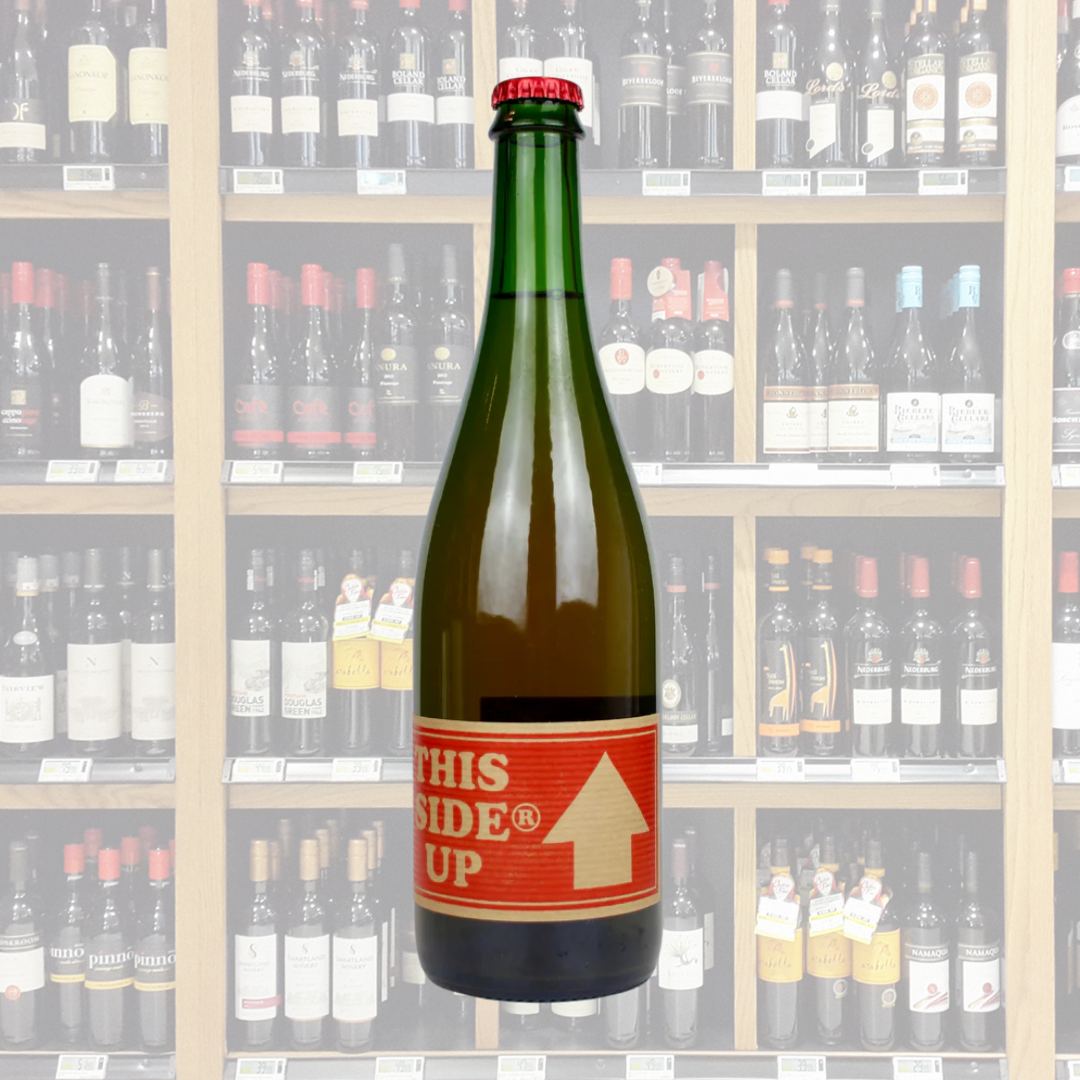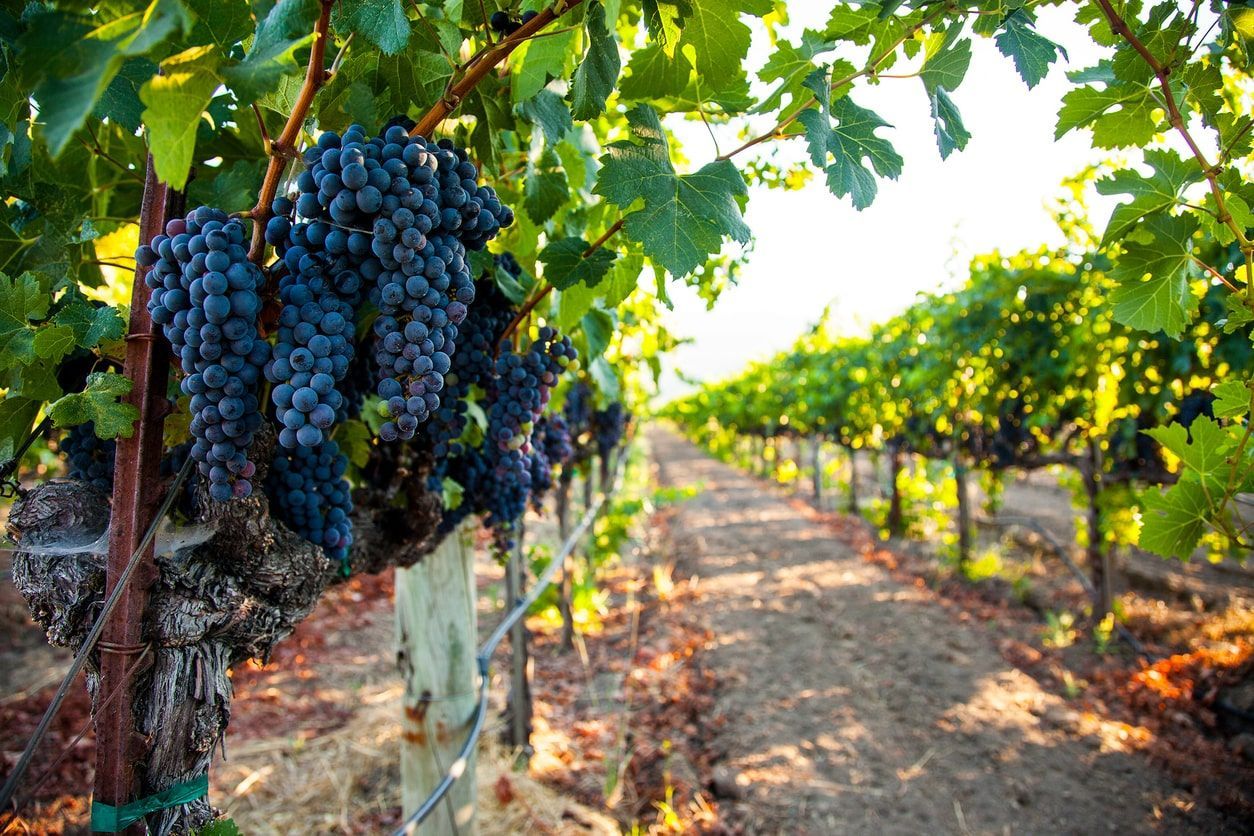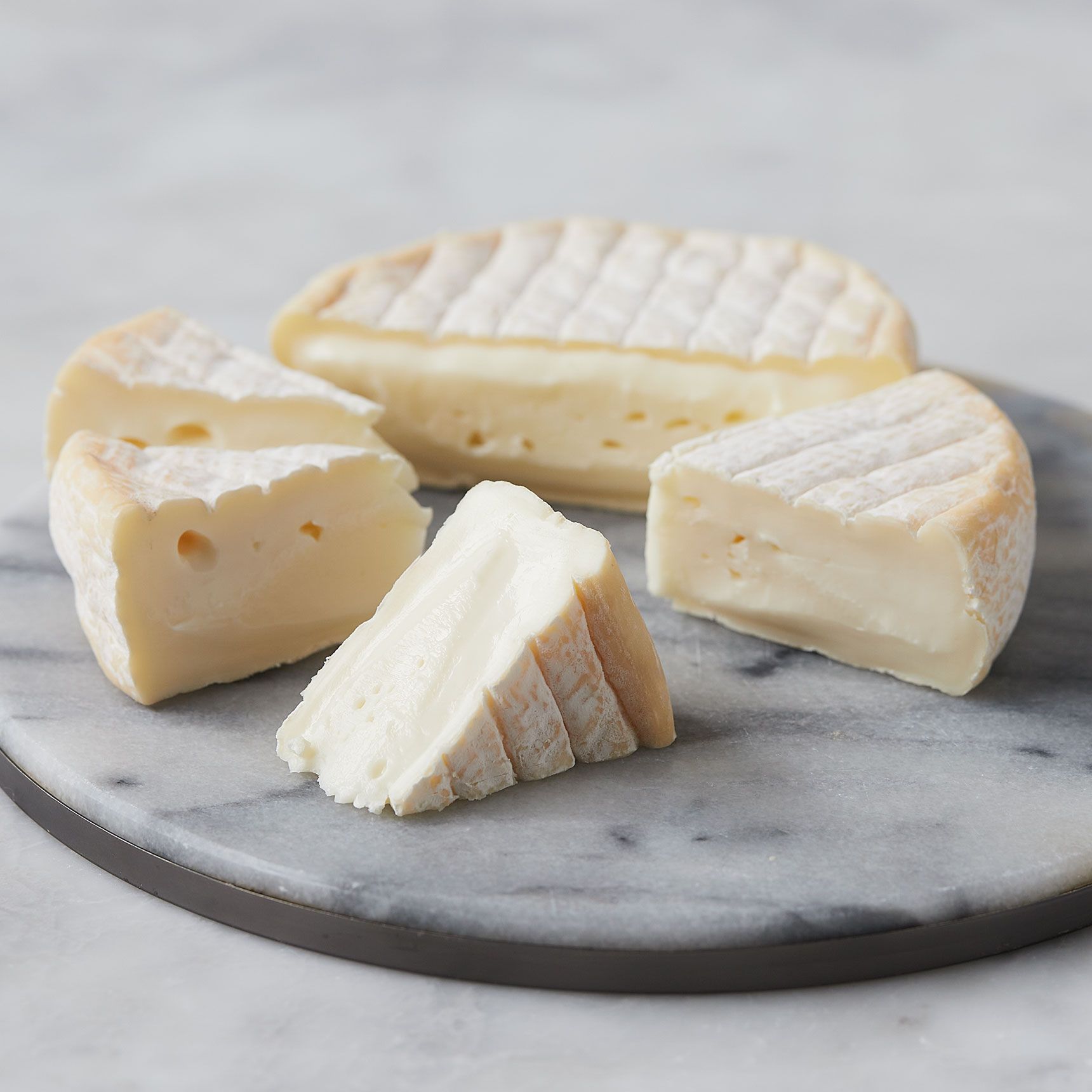A Journey Through Spanish Wine: From Ancient Roots to Modern Treasures
Spain's wine story is as rich and complex as the wines themselves, weaving through thousands of years of history to create one of the world's most fascinating wine cultures. Whether you're a seasoned enthusiast or just beginning to explore Spanish wines, this guide will help you navigate the diverse landscape of Spanish viticulture.
Historical Roots: From Roman Times to Modern Day
Spain's relationship with wine dates back to around 1100 BC, when Phoenician traders first established vineyards near modern-day Cádiz. However, it was the Romans who truly transformed the Iberian Peninsula into a significant wine-producing region, establishing many of the major wine regions we know today and developing advanced cultivation techniques.
During the Moorish period (711-1492), despite Islamic prohibition of alcohol, viticulture continued in many monasteries and Christian areas. After the Reconquista, Spanish wine production exploded, with monasteries playing a crucial role in preserving and advancing winemaking techniques.
The 19th century brought both triumph and tragedy to Spanish wine. When phylloxera devastated French vineyards in the 1860s, Spanish wine producers stepped in to meet European demand. However, the pest eventually reached Spain too, forcing a complete replanting with resistant rootstock – a challenge that ultimately led to modernization of the industry.
Major Wine Regions: Spain's Viticultural Landscape
1. Rioja
The crown jewel of Spanish wine regions, Rioja gained its Denominación de Origen Calificada (DOCa) status in 1991. The region is divided into three zones: Rioja Alta, Rioja Alavesa, and Rioja Oriental (formerly Rioja Baja). Each zone's unique microclimate and soil composition contributes to distinctive wine characteristics.
Rioja's aging classification system sets standards for the industry:
- Joven: Young wines with little or no oak aging
- Crianza: Minimum 2 years aging (1 year in oak)
- Reserva: Minimum 3 years aging (1 year in oak)
- Gran Reserva: Minimum 5 years aging (2 years in oak)
2. Ribera del Duero
This region's high-altitude vineyards (2,500-3,300 feet) and extreme climate create powerful, complex wines. Despite its relatively recent DO status (1982), Ribera del Duero has quickly established itself as one of Spain's most prestigious regions, particularly for its Tempranillo-based reds.
3. Priorat
One of only two regions with DOCa status (alongside Rioja), Priorat is known for its intense, mineral-driven wines. The region's unique llicorella soil – decomposed slate and quartz – forces vines to dig deep for nutrients, resulting in concentrated, complex wines primarily from Garnacha and Cariñena grapes.
4. Rías Baixas
Located in Spain's verdant northwest, Rías Baixas is the kingdom of Albariño. The Atlantic influence creates perfect conditions for producing crisp, aromatic white wines that have gained international recognition. The region's granite soils and cool climate contribute to the wines' distinctive minerality and freshness.
5. Jerez
Home to Sherry, one of Spain's most distinctive wine styles, Jerez has a unique microclimate influenced by the Atlantic Ocean. The region's albariza soil – bright white, calcium-rich clay – reflects sunlight and retains moisture, crucial for grape development in the hot climate.
Key Spanish Grape Varieties
Red Varieties
- Tempranillo: Spain's noble grape, known for its structure, elegant tannins, and aging potential. It's the backbone of Rioja and Ribera del Duero wines.
- Garnacha (Grenache): Produces fruit-forward wines with subtle spice notes, particularly important in Priorat and Madrid.
- Monastrell (Mourvèdre): Thrives in warmer regions, producing full-bodied wines with rich dark fruit flavors.
- Mencía: Creates aromatic, medium-bodied wines in the cooler northwest regions.
White Varieties
- Albariño: The star of Rías Baixas, producing aromatic whites with peach and citrus notes.
- Verdejo: Rueda's signature grape, known for crisp, herbaceous wines.
- Palomino: The primary grape for Sherry production.
- Viura (Macabeo): Important in white Rioja and cava production.
Fascinating Wine Trivia
- Spain has the world's largest area under vine cultivation, yet produces less wine than both France and Italy due to lower yields and wider spacing between vines.
- The world's oldest operating winery, Codorníu, was founded in 1551 and continues to produce cava in Catalonia.
- The tradition of aging wine in oak barrels in Rioja began in the 19th century when French winemakers, fleeing phylloxera, brought their techniques to Spain.
- The "Golden Mile" in Ribera del Duero contains some of Spain's most prestigious wineries, including Vega Sicilia, producer of one of Spain's most expensive wines.
- Sherry's unique aging system, the solera, can contain wine that is decades old, as newer wine is gradually blended with older vintages.
Modern Spanish Wine Culture
Today's Spanish wine industry perfectly balances tradition and innovation. While maintaining time-honored practices like extended barrel aging and traditional grape varieties, producers are embracing modern techniques and international trends:
- Organic and biodynamic viticulture is growing rapidly, particularly in regions like Penedès and Priorat.
- New regions like Bierzo and Toro are gaining recognition for quality wines.
- Traditional varieties are being rediscovered and revitalized, preserving Spain's viticultural heritage.
- Investment in technology and research has improved wine quality while maintaining distinctive regional characteristics.
Food Pairing Traditions
Spanish wine culture is inseparable from its food traditions. Some classic pairings include:
- Albariño with seafood, particularly octopus and shellfish
- Rioja Reserva with lamb chops or aged manchego cheese
- Priorat reds with grilled meats and game
- Fino Sherry with jamón ibérico and olives
- Cava with paella or as an aperitif
Investment and Collecting
Spanish wines offer excellent value for collectors. While certain producers (like Vega Sicilia and Pingus) command premium prices, many high-quality wines remain reasonably priced compared to their French or Italian counterparts. The extended aging requirements for Reserva and Gran Reserva wines mean they're often released when ready to drink, though many continue to develop beautifully in the cellar.
Looking Forward
Spanish wine continues to evolve while honoring its rich heritage. Climate change presents new challenges, pushing some producers to explore higher-altitude vineyards or experiment with different varieties. Meanwhile, a new generation of winemakers is reimagining traditional styles while maintaining the distinctive character that makes Spanish wine unique.
Whether you're drawn to the powerful reds of Ribera del Duero, the mineral-driven whites of Rías Baixas, or the complex world of Sherry, Spanish wine offers something for every palate. Its combination of value, quality, and diversity makes it an essential part of any wine enthusiast's journey.
To truly appreciate Spanish wine, consider exploring beyond the familiar. Try a crisp Txakoli from the Basque Country, a complex red from Toro, or venture into the world of premium cava. Each bottle tells a story of place, tradition, and the passionate people who craft these remarkable wines.
Remember, the best way to understand Spanish wine is to taste it – preferably with good food and better company, just as the Spanish have done for centuries.





